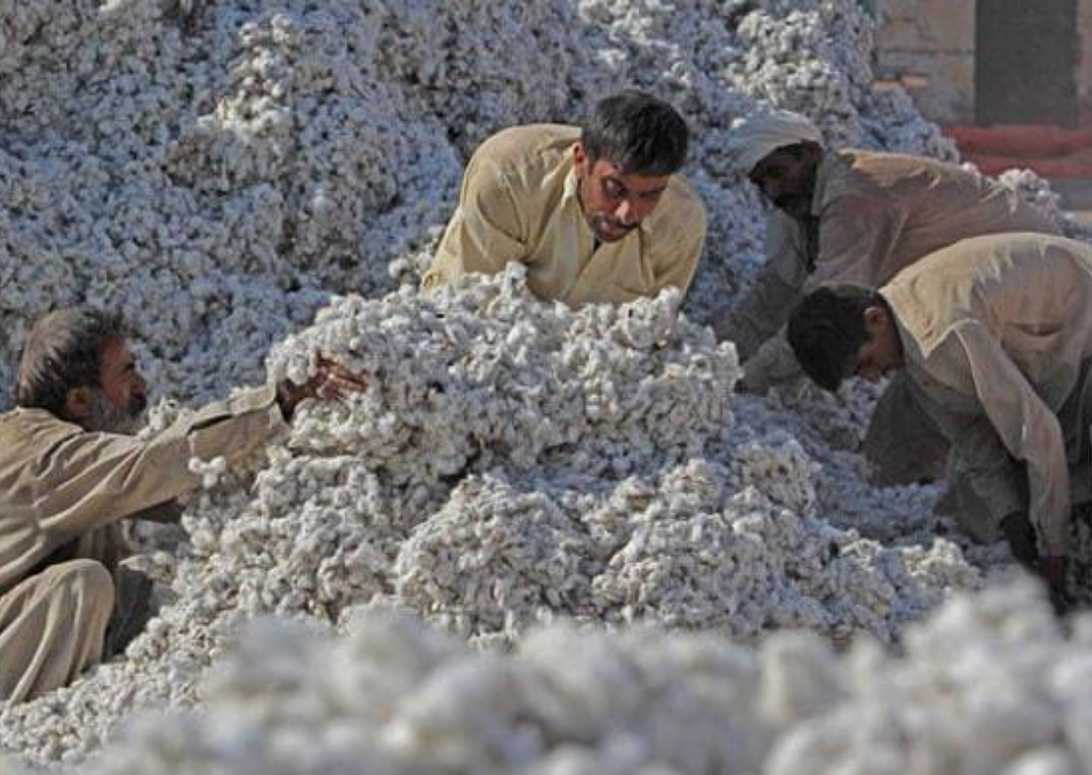LAHORE, Pakistan – Punjab’s cotton output is at the center of a growing debate after the province’s agriculture department reported a harvest of 609,000 bales, while the Pakistan Cotton Ginners Association (PCGA) has logged only 301,000 bales processed at ginning factories by July 31.
The stark difference stems from how the data is collected. The Crop Reporting Service (CRS) uses satellite mapping, ground surveys, and real-time dashboards to count not just factory-delivered cotton but also what’s still with farmers or traders. Meanwhile, PCGA’s numbers are based solely on what has physically reached the ginning units.
Officials in Punjab insist their scientific methods provide a more comprehensive view, while industry insiders are raising concerns about transparency and standardization.
Despite the conflicting data, one thing is clear: cotton output is struggling. While Punjab shows a 3% rise compared to last year, the national tally tells a different story. Pakistan’s total seed cotton arrivals have dropped to 594,000 bales — a 30% fall — with Sindh alone seeing a sharp 47% decline.
Frequent rains and lower lint quality have also affected buyer interest, forcing some ginning factories to shut down due to losses. To address moisture issues in the crop, PCGA has introduced a new moisture policy that ensures farmers aren’t penalized for up to 10% moisture content in their produce.
Punjab officials have called on the Federal Board of Revenue (FBR) to enforce digital tracking systems in ginning units nationwide to ensure transparency and protect farmer interests.
This story has been reported by PakTribune. All rights reserved.



